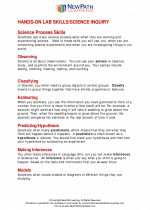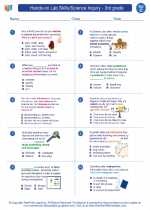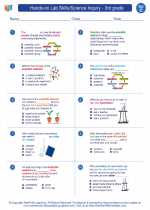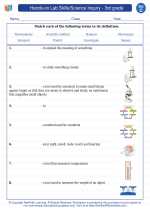Muscular System
What is the Muscular System?
The muscular system is the network of muscles in the human body that allows for movement, stability, and posture. It is made up of over 600 muscles that work together to help us move and perform daily activities.
Types of Muscles
There are three main types of muscles in the muscular system:
- Skeletal Muscles: These are attached to the bones and are responsible for voluntary movements such as walking and lifting.
- Smooth Muscles: These are found in the walls of internal organs and blood vessels, and are responsible for involuntary movements such as digestion and blood flow.
- Cardiac Muscles: These are found only in the heart and are responsible for pumping blood throughout the body.
Functions of the Muscular System
The muscular system has several important functions:
- Movement: Muscles work together to help us move our body parts.
- Posture and Stability: Muscles help us maintain an upright posture and stabilize our joints.
- Heat Production: Muscles generate heat to maintain body temperature.
How Muscles Work
Muscles work by contracting and relaxing. When a muscle contracts, it becomes shorter and pulls on the bones to create movement. When it relaxes, it returns to its original length.
Study Guide
Here are some key points to remember about the muscular system:
- What is the main function of the muscular system?
- Identify and explain the three types of muscles in the muscular system.
- How do muscles work to create movement?
- Give examples of voluntary and involuntary movements controlled by muscles.
- Explain the importance of the muscular system in maintaining posture and stability.
◂Science Worksheets and Study Guides Third Grade. Hands-on Lab Skills/Science Inquiry - 3rd grade
Study Guide Hands-on Lab Skills/Science Inquiry - 3rd grade
Hands-on Lab Skills/Science Inquiry - 3rd grade  Worksheet/Answer key
Worksheet/Answer key Hands-on Lab Skills/Science Inquiry - 3rd grade
Hands-on Lab Skills/Science Inquiry - 3rd grade  Worksheet/Answer key
Worksheet/Answer key Hands-on Lab Skills/Science Inquiry - 3rd grade
Hands-on Lab Skills/Science Inquiry - 3rd grade  Worksheet/Answer key
Worksheet/Answer key Hands-on Lab Skills/Science Inquiry - 3rd grade
Hands-on Lab Skills/Science Inquiry - 3rd grade  Worksheet/Answer key
Worksheet/Answer key O-W-L
O-W-L  Vocabulary/Answer key
Vocabulary/Answer key Hands-on Lab Skills/Science Inquiry - 3rd grade
Hands-on Lab Skills/Science Inquiry - 3rd grade  Vocabulary/Answer key
Vocabulary/Answer key Hands-on Lab Skills/Science Inquiry - 3rd grade
Hands-on Lab Skills/Science Inquiry - 3rd grade 

 Worksheet/Answer key
Worksheet/Answer key
 Worksheet/Answer key
Worksheet/Answer key
 Worksheet/Answer key
Worksheet/Answer key
 Worksheet/Answer key
Worksheet/Answer key
 Vocabulary/Answer key
Vocabulary/Answer key
 Vocabulary/Answer key
Vocabulary/Answer key

The resources above cover the following skills:
Science as Inquiry and Process: A student should understand and be able to apply the processes and applications of scientific inquiry. A student who meets the content standard should:
Develop an understanding of the processes of science used to investigate problems, design and conduct repeatable scientific investigations, and defend scientific arguments.